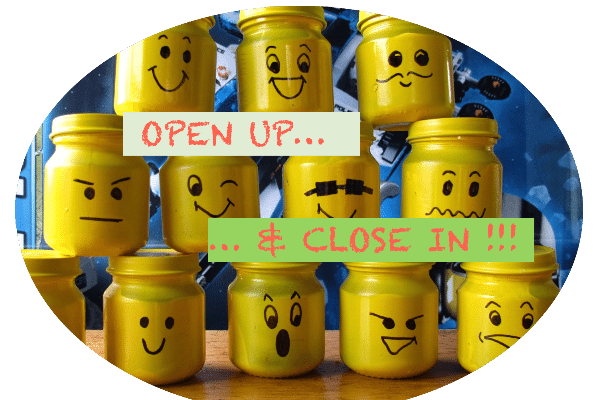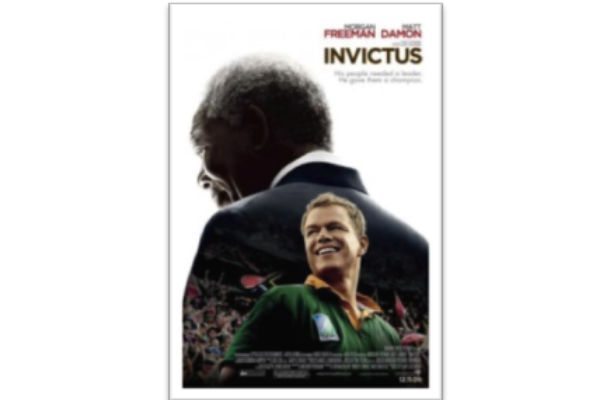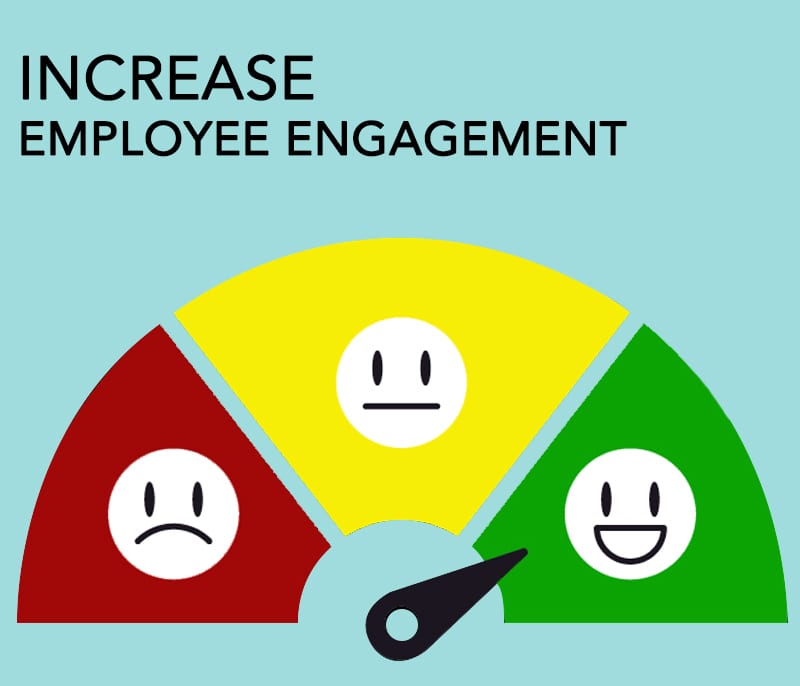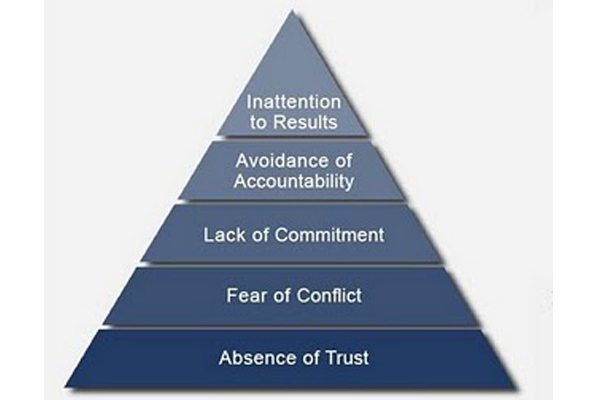
It was 3 hours into the session and the participants’ eyes were moistening; some were openly dabbing away the stray tears that refused to be confined. It was past 10pm, well past the official timeline set by the leader to wrap up, however no one was in a hurry to leave. They were all glued to their seats.
No, as the facilitator, I wasn’t doing that bad of a job. Actually, I wasn’t doing much, mostly playing the role of a witness. We were in the midst of a personal-disclosure session for an intact team of 12 senior corporate managers. At the surface level, the activity was about participants sharing their life-stories. However, at a much deeper level, this group was opening up and becoming vulnerable with each other, and that takes an extremely different sort of courage – to delve into your past, and dig out uncomfortable, sometimes very painful incidents that shaped you into the current version of you.
But let’s rewind a bit – what brought us here together? It was a challenging and yet all too familiar brief. It was a mid-level, cross-functional management team with individuals from diverse backgrounds. The leader was relatively new. His intent was to break the silos and build a cohesive unit, committed to a common vision where individuals would be selflessly supportive of each other.
We began with a seemingly casual query: how well did members in the team know each other? “Oh, they have been working with one another for 3-4 years, so they know each other well enough,” asserted the leader. Yes, but did they truly know one another? That flummoxed the leader and thus, led to the starting point of this journey.
Based on the construct of the Johari Window, we focused on ‘unhiding’ the “hidden” quadrant. We created a platform for participants to reveal hitherto unknown facets of their life and their personalities to other team members in a safe, non-threatening environment.
To this end, a non-threatening environment can be created through playful scenarios using tools such as the Personality Tree:
Draw a tree. Now, just imagine that the tree is your personality tree and each component represents something in your personality. For example, the trunk represents your core values, the flowers are your achievement, the thorns, your challenges and struggles, the leaves being your skills, the buds are your opportunities, and so on. Can you think for 10 minutes and share the story of your tree?
In our experience, for a team to come together as a unit they should first and foremost be able to trust and respect each other as individuals. Truly knowing each other beyond the surface is a very critical first step in that direction – it helps break down barriers and allows individuals to appreciate one another for who he/she is.
For us as facilitators, the experience in these sessions is quite profound. Over a period of 3-4 hours (at times extending much more), the facilitator needs to be somewhat detached, and yet listen very attentively and maintain a close watch on the process. The last thing you would expect from the facilitator is for him/her to stifle a yawn during the intense sharing session or get too emotional and cry at the drop of a hat! There are times when the facilitator must intervene, and then there are times when he must desist and let the process take its own course.
A high degree of self-awareness is required from the facilitator. Most critically, at a sub-conscious level the group must develop a generous measure of trust towards the facilitator, and the onus is on the facilitator to earn that trust from the team members. Without this in place, one might see limited participation and a participant might only share a quick verbatim account of his/her CV, without truly opening up.
Coming back to our session, after the last participant finished sharing her story, we headed out for a long-awaited dinner. Throughout the day, we had observed the team sitting in groups of 3-4 people during the breaks. What would happen now? We waited anxiously and then the magic happened: the participants gathered the chairs and tables together to sit as one team without any goading or external prompting.
So the next time you are looking for team bonding, how about just getting them to OPEN UP as individuals and CLOSE IN as a team?











